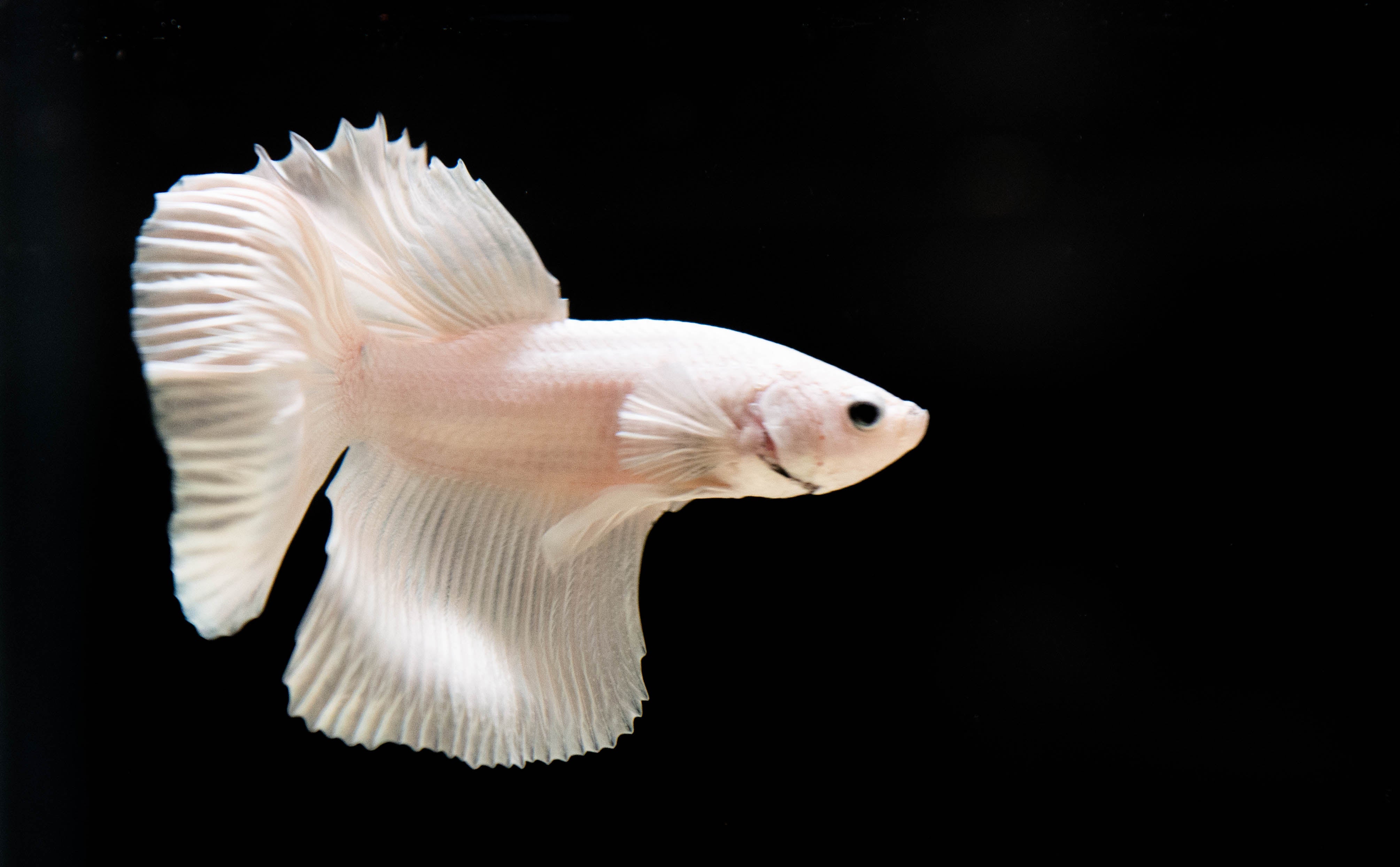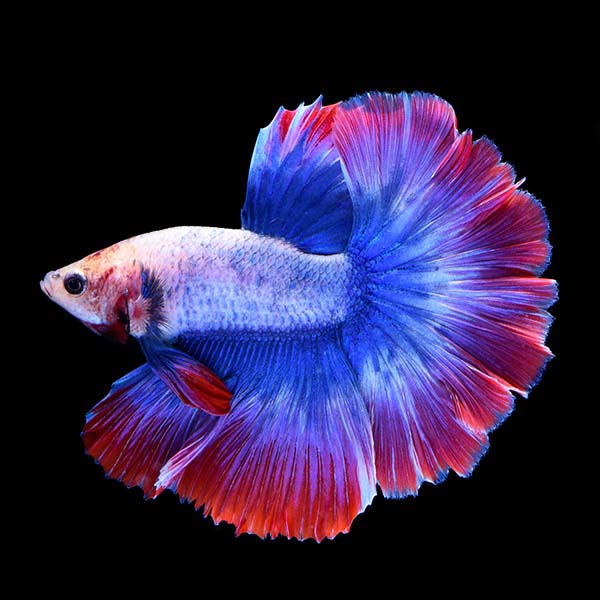Just How to Introduce Betta Fish to a Neighborhood Storage Tank Securely
Wiki Article
Everything About Betta Fish: Comprehending Their Special Demands, Habits, and the very best Practices for Ideal Treatment
Understanding the distinct needs and habits of Betta fish is vital for any type of aquarist looking to provide optimum treatment. These captivating animals, belonging to the warm waters of Southeast Asia, show unique territorial tendencies and need certain ecological problems to thrive. From picking the right storage tank size to acknowledging possible wellness concerns, numerous variables significantly affect their health. As we explore these elements further, the effects for both amateur and skilled fish keepers become significantly obvious, questioning concerning just how finest to suit these remarkable fish in our homes.Betta Fish Introduction
Although often appreciated for their vibrant shades and streaming fins, Betta fish, clinically referred to as Betta splendens, are intricate creatures that require certain care to prosper. Originating from Southeast Asia, these freshwater fish are understood for their territorial nature and distinct actions. Betta fish show sex-related dimorphism, with males showing extra brilliant colors and longer fins than women.Their hostile tendencies, specifically amongst men, demand mindful consideration when housing them. Bettas are often maintained in single-specimen storage tanks to protect against territorial conflicts. They can coexist peacefully with specific suitable species in bigger community tanks, supplied the setting fulfills their needs.

To guarantee optimum treatment, aquarists have to comprehend their distinct behavioral qualities, nutritional needs, and environment demands. betta fish. With appropriate attention, Betta fish can exhibit their lively individualities and thrive in a properly maintained fish tank setup
All-natural Environment and Atmosphere
Betta fish grow in a varied series of natural habitats, primarily found in the shallow waters of Southeast Asia, consisting of rice paddies, swamps, and slow-moving streams. These settings are defined by cozy temperature levels, typically between 75 ° F and 82 ° F(24 ° C and 28 ° C ), and a pH degree varying from 6.5 to 7.5, which is suitable for their wellness and wellness.
In their natural environments, Betta fish are accustomed to dense plants, offering both sanctuary and reproducing premises. The existence of plants such as drifting water lilies and thick lawns not only offers security from killers however additionally adds to the oxygenation of the water, which is vital for their breathing needs. Additionally, these environments usually have areas of still water, allowing Betta fish to show their all-natural habits such as bubble nesting.
Recognizing the all-natural habitat of Betta fish is important for fish tank lovers. Duplicating these conditions-- through water temperature, pH balance, and the addition of real-time plants-- can dramatically enhance the total wellness and longevity of these captivating fish, guaranteeing they prosper in a home aquarium setting.
Social Habits and Communications
Comprehending the social habits and communications of Betta fish is necessary for successful aquarium monitoring. Betta fish, or Siamese combating fish, are understood for their one-of-a-kind behavior traits, identified mainly by territoriality and hostility. Males, in specific, display extremely aggressive behaviors towards each other, resulting in the infamous reputation of Betta fish as fighters. In a confined area, 2 males can participate in violent battles, frequently resulting in injury or fatality.Alternatively, female Bettas display much less hostile behavior and can coexist in groups, referred to as sororities, if introduced properly. Nevertheless, it is essential to check their interactions closely, as pecking order and dominance can cause conflicts. Understanding the dynamics within a Betta area is crucial; developing hiding places and making sure enough room can reduce hostility.
Furthermore, Betta fish might likewise show interest and social behaviors in the direction of other types. While they can exist side-by-side with specific non-aggressive storage tank mates, it is necessary to pick compatible types to stay clear of tension and aggressiveness. Overall, acknowledging these social communications is crucial to promoting an unified aquarium atmosphere for Betta fish.
Essential Care Guidelines
Providing appropriate take care of Betta fish is essential to their wellness and wellness. To guarantee a thriving atmosphere, it is vital to preserve optimal water conditions. The water temperature need to be kept between 76 ° F and 82 ° F(24 ° C to 28 ° C), while pH levels ought to vary from 6.5 to 7.5. Regular water changes-- around 25% once a week-- help preserve water quality.Betta fish need a suitable storage tank size; a minimum of 5 gallons is recommended to supply ample area for swimming and hiding. Consist of decors and plants to produce a revitalizing environment, yet avoid sharp things that could hurt their delicate fins.

Lastly, make certain the tank is outfitted with a filter to keep the water tidy, but utilize a gentle filter to prevent solid currents that can worry the fish. By complying with these important care guidelines, over at this website proprietors can promote a healthy and balanced and vibrant Betta fish.
Common Health Issues and Solutions
In the care of Betta fish, understanding of typical health and wellness concerns is vital for keeping their health. One prevalent issue is fin rot, usually brought on by bad water quality or bacterial infection. Signs and symptoms include torn or blemished fins. To treat fin rot, enhance water problems and think about utilizing a broad-spectrum antibiotic.Another common ailment is ich, a parasitic infection characterized by white places on the fish's body (betta fish). Therapy entails enhancing water temperature and adding fish tank salt to the tank, as this can help eliminate the parasite
Swim bladder problem is likewise often observed, causing buoyancy problems. This condition may occur from overfeeding or irregular bowel movements. A fasting duration of 24-48 hours, followed by a look at this website diet regimen of blanched peas, can provide relief.
Last but not least, bettas might struggle with velour disease, suggested by a gold dust-like appearance on their skin. Treatment typically calls for drug especially designed for outside bloodsuckers, alongside boosted tank hygiene.
Regular tracking of water parameters, keeping a tidy setting, and offering a well balanced diet plan are important safety nets. By attending to these health and wellness issues immediately, Betta fish can lead healthier, more dynamic lives.
Conclusion
In summary, effective betta fish treatment requires an understanding of their one-of-a-kind requirements and habits. Offering an ideal setting, consisting of ideal container size and water problems, is important for their health. Additionally, recognizing their territorial nature and making sure appropriate hiding places can avoid aggression. Routine surveillance of redirected here health and water top quality, along with a well balanced diet, adds to the durability and vibrancy of betta fish. Following these standards will certainly promote a successful aquatic ecosystem for these captivating creatures.Report this wiki page